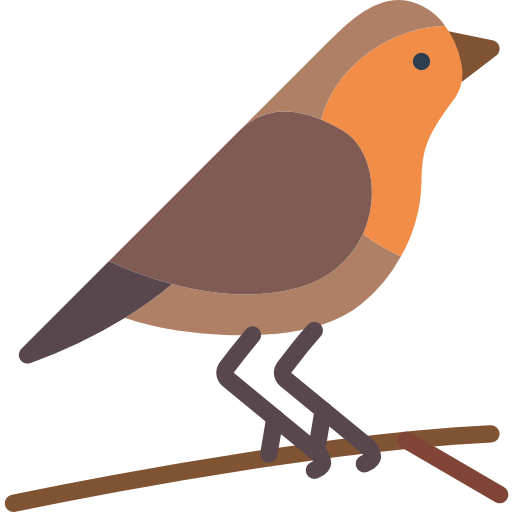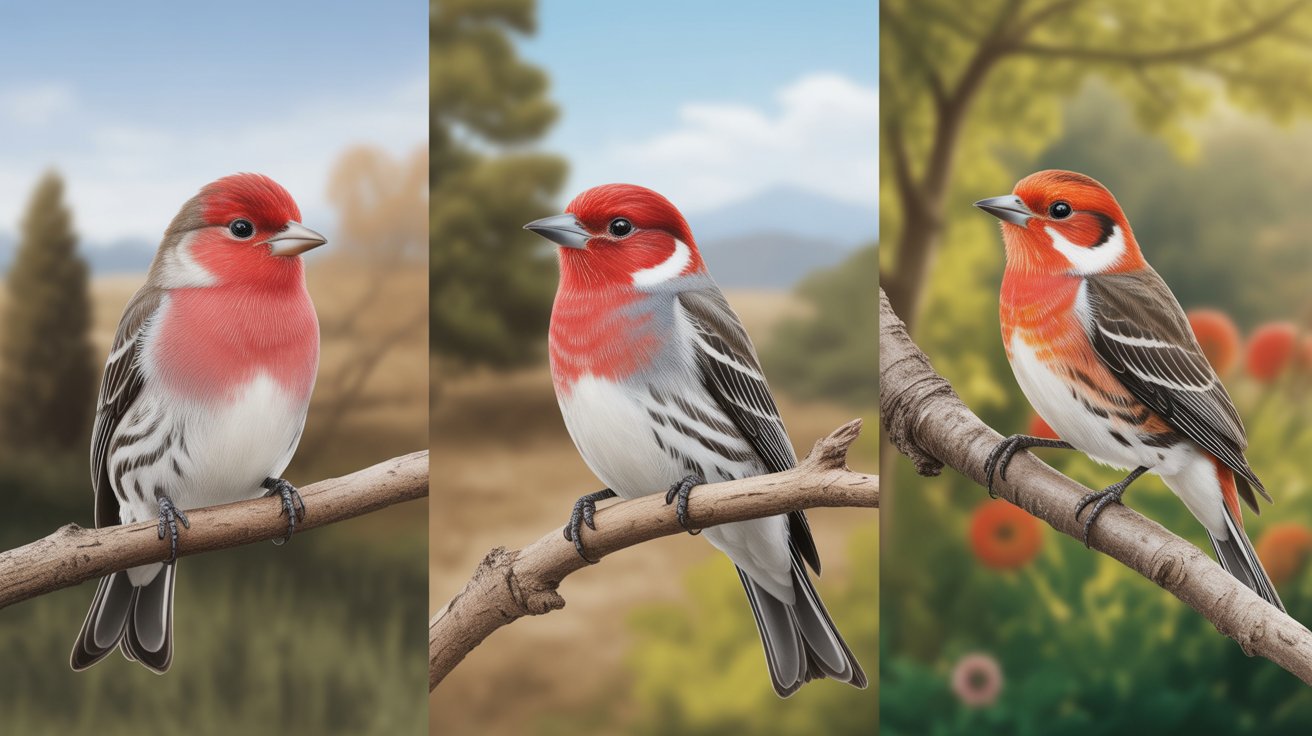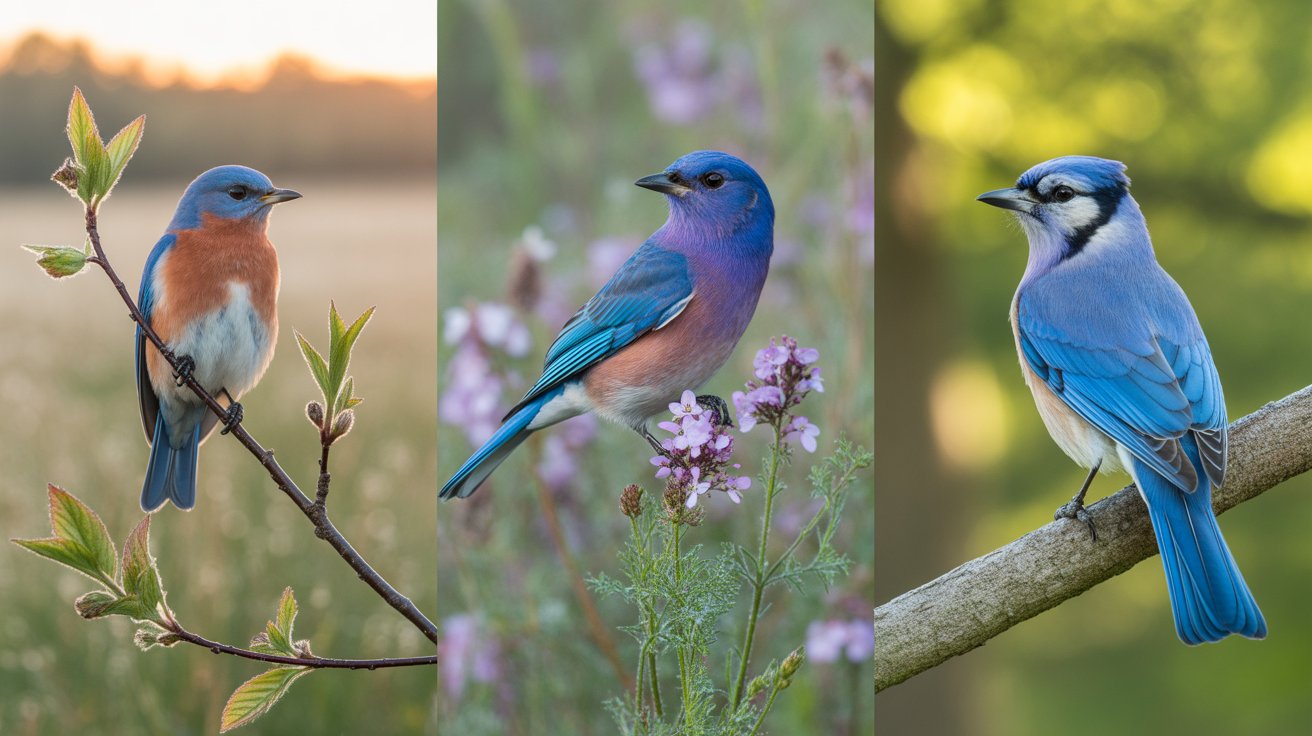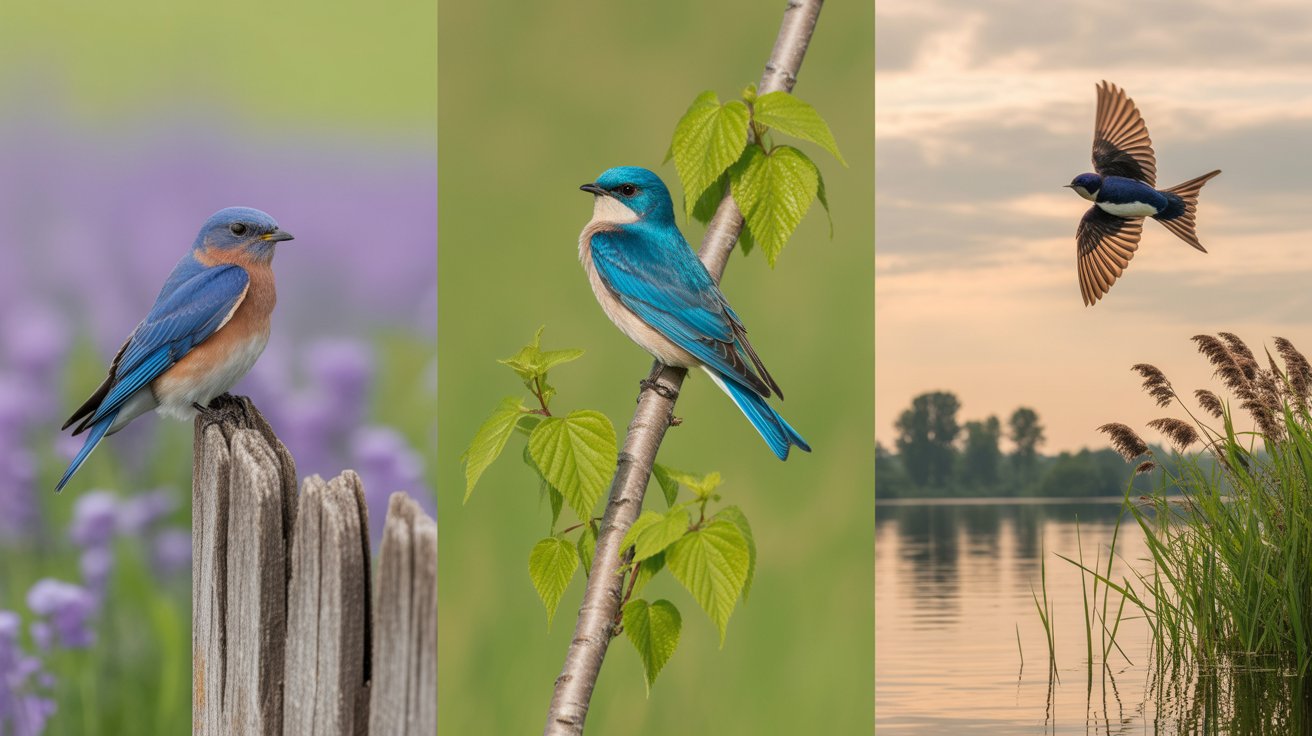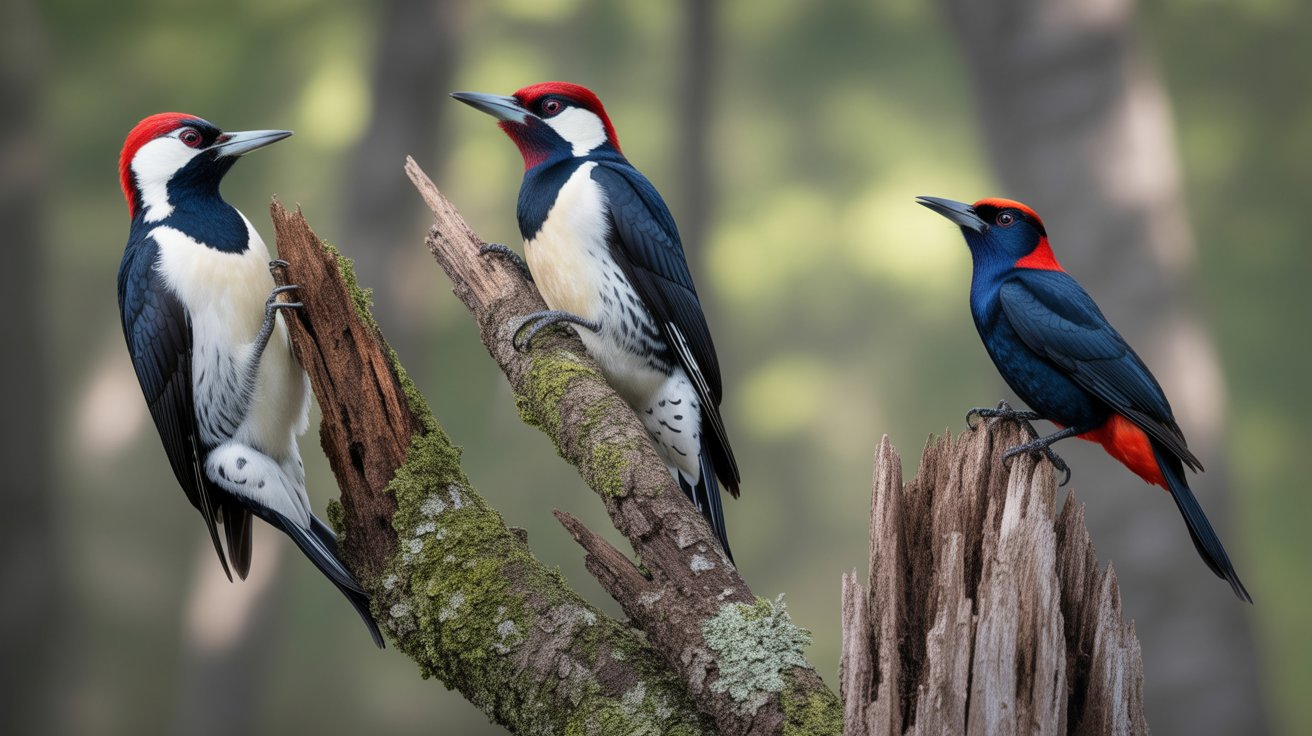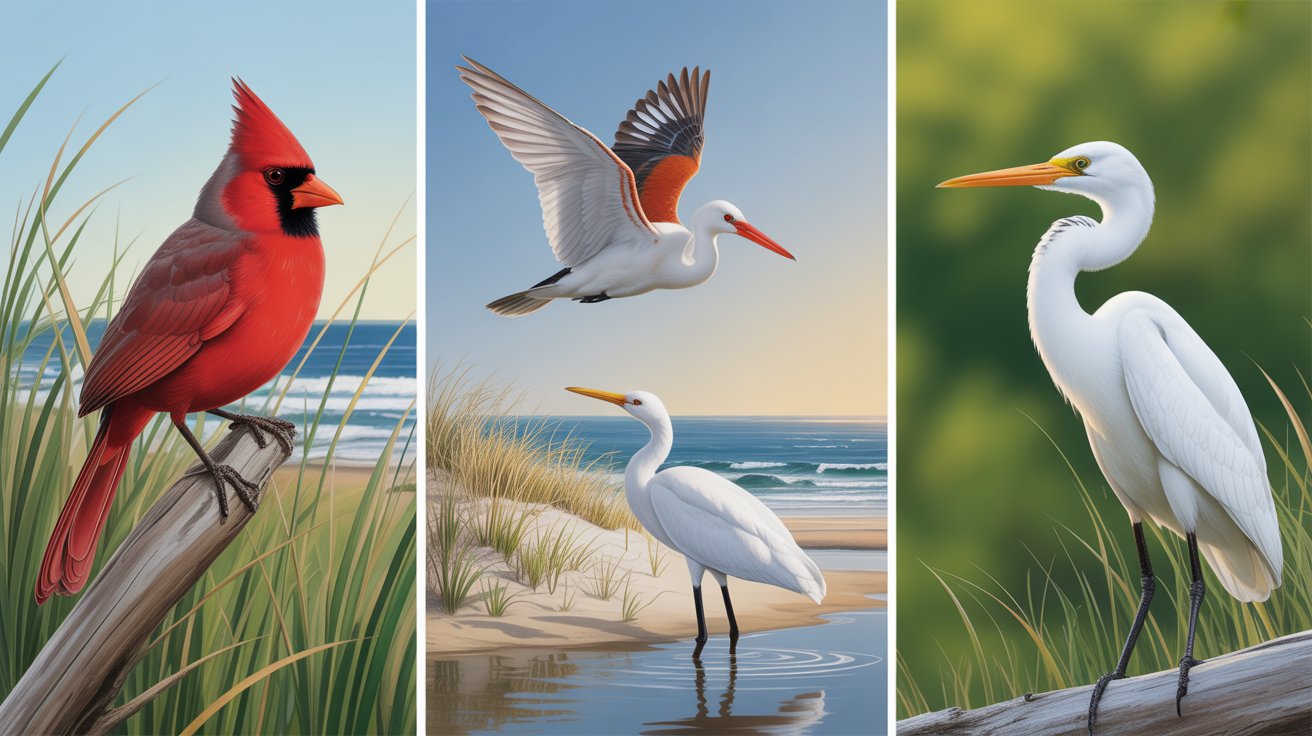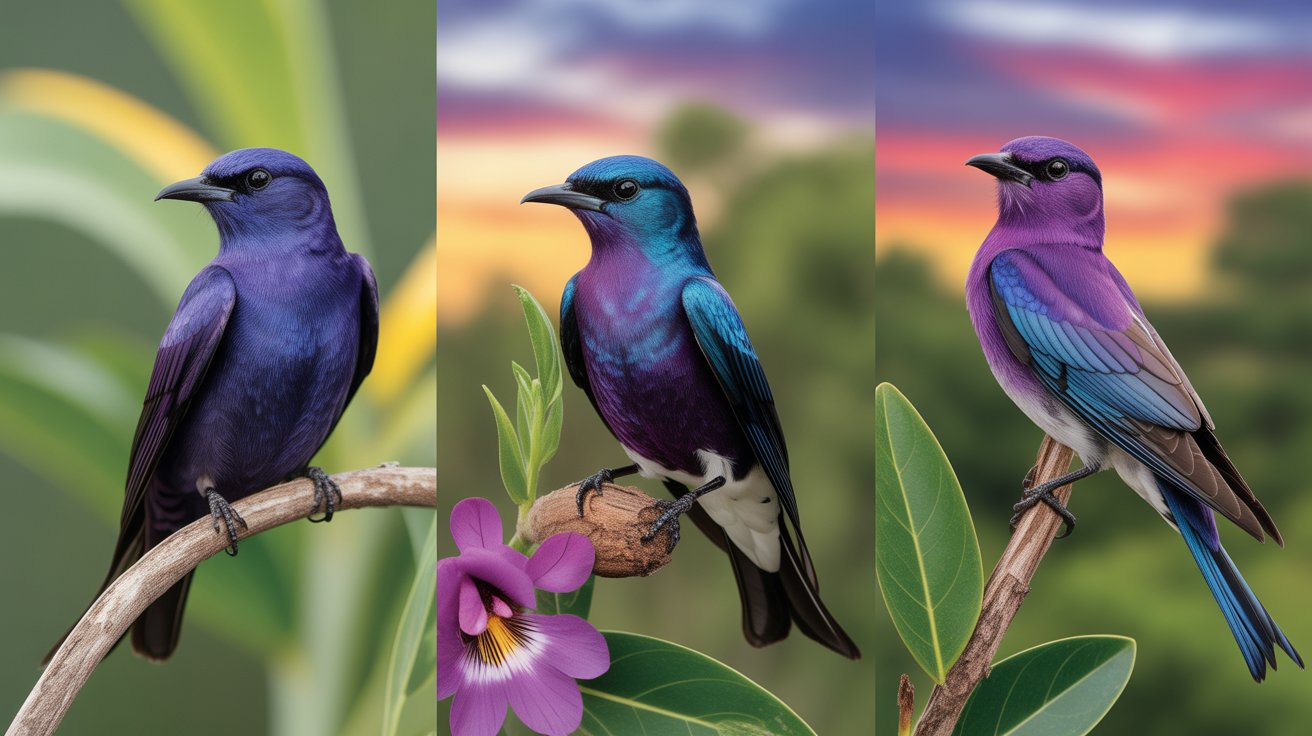Abert’s Towhee: A Desert Songbird Worth Discovering
If you’ve ever wandered through the brushy landscapes of the American Southwest, you may have encountered a secretive bird hopping low through the undergrowth. That shy little creature might just have been the Abert’s towhee — a bird that prefers to stay hidden, yet plays an important role in its ecosystem.
You might not spot this bird at first glance, but once you learn what to look for, it becomes easier to appreciate its quiet beauty. With its earthy plumage, charming call, and fascinating habits, Abert’s towhee is one of those underrated birds that birdwatchers grow to love.
In this article, you’ll learn everything about Abert’s towhee — from its scientific classification and physical features to its natural habitat, diet, nesting behaviors, and even some surprising facts. Whether you’re an avid birder or just starting your birdwatching journey, understanding this bird will deepen your appreciation for North America’s desert wildlife.
Let’s dive into the world of the elusive and endearing Abert’s towhee.
Abert’s Towhee: Scientific and Physical Profile
Scientific Classification
- Scientific Name: Melozone aberti
- Family: Passerellidae (New World Sparrows)
- Order: Passeriformes
- Genus: Melozone
- Common Name: Abert’s Towhee
- Named After: James William Abert, an American army officer and naturalist
Abert’s towhee belongs to the New World sparrow family, and while it shares some traits with its more flamboyant cousins, this species leans toward subtle elegance and practical survival in arid climates.
Physical Description
Abert’s towhee may not have flashy feathers, but its simple, earthy tones help it blend seamlessly into its desert surroundings. Here’s how you can identify one:
- Size: Medium-sized sparrow, about 8.3 to 9.1 inches (21–23 cm) in length
- Wingspan: Around 10.5–11.5 inches (27–29 cm)
- Weight: Roughly 1.5–1.8 ounces (43–50 grams)
- Plumage: Uniformly brown upperparts with a slightly warmer, rustier tone on the undertail and flanks
- Eye Color: Dark brown or black
- Beak: Short, stout, and conical — ideal for cracking seeds
- Legs and Feet: Pinkish in tone, well-adapted for ground foraging
- Crest: No crest; has a rounded head that blends into its body shape
Although it’s a rather plain bird in appearance, its clean lines and balanced proportions give it a distinctive silhouette that keen birders can recognize.
Habitat and Distribution
Preferred Habitat
You’ll typically find Abert’s towhee in desert riparian zones — these are areas where rivers or streams bring life to otherwise dry regions. It prefers:
- Dense thickets and brush near water sources
- Desert washes
- Mesquite and willow stands
- Residential areas with well-established vegetation
They require dense ground cover for shelter and feeding, making suburban backyards with native landscaping potential hotspots for sightings.
Geographic Range
Abert’s towhee is native to the southwestern United States and northern Mexico. Its distribution includes:
- Southern Arizona
- Southeastern California
- Southern Nevada
- Southwestern Utah
- Western New Mexico
- Baja California and Sonora, Mexico
Despite being considered a desert bird, it’s quite dependent on riparian habitats, which are crucial for its survival.
Behavior and Daily Life
Personality in the Wild
If you’re observing one in the wild, you’ll notice that Abert’s towhee is far more likely to be seen scratching the ground than flitting through the trees. Its behavior includes:
- Ground Foraging: Constantly hopping and scratching through leaf litter for insects and seeds
- Territorial Singing: Males often sing from exposed perches during breeding season
- Shy Demeanor: Prefers staying low and under cover rather than flying long distances
- Pair Bonds: Often seen in mated pairs year-round
While not overly social, they may be found in loose associations in favorable habitats, especially during the non-breeding season.
Diet and Feeding Habits
What Do Abert’s Towhees Eat?
Abert’s towhee has a versatile diet that allows it to thrive in semi-arid environments:
- Insects: Beetles, ants, grasshoppers, and caterpillars are common targets
- Seeds and Grains: Particularly in the colder months when insects are scarce
- Berries and Fruits: Occasionally feeds on available wild fruits and ornamental garden berries
- Feeding Style: Scratches the ground with both feet, much like a chicken, to uncover hidden food
You can attract one to your backyard with native grasses, leaf litter, and small water sources — but don’t expect them to visit feeders often. They prefer a more natural, ground-based buffet.
Breeding and Nesting
Breeding Season and Mating
The breeding season for Abert’s towhee generally spans from March to July. During this time:
- Males defend small territories and sing frequently
- Pairs form strong monogamous bonds
- Nests are usually hidden deep within shrubs or dense vegetation
Nest Construction
Females do most of the nest building. Here’s what their nests look like:
- Shape: Cup-shaped
- Material: Grasses, bark strips, leaves, and plant stems
- Placement: Low to the ground, often in thick bushes for camouflage
Egg Details and Fledging
- Clutch Size: 2 to 5 eggs
- Egg Color: Pale with light speckling
- Incubation: Around 11–14 days
- Fledging Time: Chicks leave the nest about 10–12 days after hatching
Even after leaving the nest, the young birds are often fed by parents for several weeks.
Interesting Facts About Abert’s Towhee
- Limited Range: Abert’s towhee has one of the most restricted ranges of any North American bird.
- Conservation Status: Listed as “Least Concern” by the IUCN, but vulnerable to habitat loss due to waterway development and urban sprawl.
- Seldom Flies: These birds would rather run or hop away than take to the air.
- Vocalizations: Their song is a sharp, high-pitched trill often heard in spring and early summer.
- Adaptability: Despite their habitat needs, some populations have adapted well to urban parks and backyards.
Frequently Asked Questions (FAQs)
1. What is the best time of year to spot Abert’s towhee?
Spring and early summer are ideal, especially during breeding season when males are more vocal and visible.
2. Is Abert’s towhee endangered?
No, it’s currently listed as “Least Concern,” but its dependence on riparian habitats makes it sensitive to environmental changes.
3. Do Abert’s towhees migrate?
No, they are year-round residents and do not migrate. Their range remains relatively stable throughout the seasons.
4. Can I attract Abert’s towhee to my backyard?
Yes! Use native shrubs, keep leaf litter intact, and provide fresh water to encourage visits.
5. How is Abert’s towhee different from California towhee?
While both belong to the same genus and look similar, Abert’s towhee has a more limited range and prefers riparian desert habitats, whereas the California towhee is more coastal and open-area oriented.
Conclusion
Abert’s towhee may not be the flashiest bird out there, but it has its own quiet charm — the kind you learn to love with a little patience and observation. Its gentle song, dedicated parenting, and subtle beauty make it a rewarding bird to watch.
If you’re exploring the American Southwest or maintaining a bird-friendly backyard in desert regions, keep your eyes on the ground and ears tuned in — you might just be lucky enough to spot this understated desert dweller. As we continue to develop and expand into wild places, protecting species like Abert’s towhee — and the habitats they depend on — becomes more important than ever.
Now that you know what to look and listen for, the next time you hear a rustle in the underbrush, don’t be surprised if it’s Abert’s towhee hopping by to say hello.
